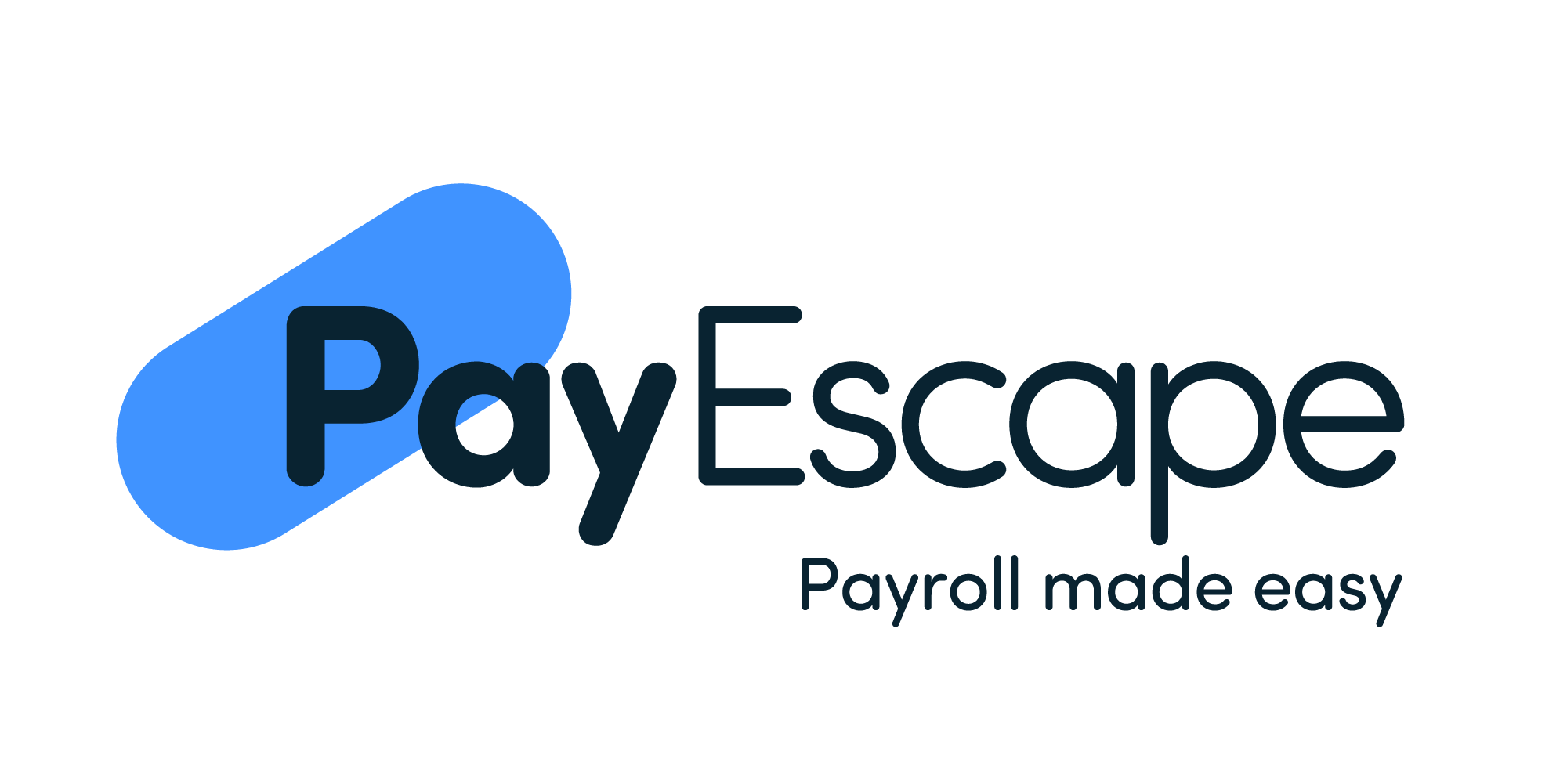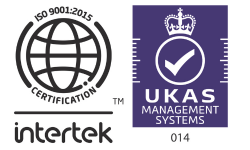In today’s business environment, fostering a healthy, engaged, and productive workforce is key. One effective way to achieve this is through implementing a wellness program.

Whether you are a start up business or an enterprise business, as an employer you should be adopting employee wellness to ensure your team are doing well, mentally and physically for their personal and work lifestyle.
But what actually is a wellness program and how do you create one? Keep reading to find out wellness advice from our very own HR experts at PayEscape.
What is a Wellness Program?
A wellness program is a comprehensive initiative designed to promote and improve the physical, mental, and emotional well-being of employees.
These programs can include a variety of activities and resources such as fitness challenges, mental health support, smoking cessation programs, and nutritional guidance. The goal is to encourage healthy behaviours, reduce health risks, and enhance overall quality of life, thereby increasing employee satisfaction and productivity.
Employee Benefits of a Wellness Program
There are many benefits to a wellness program for your employees, below we have listed the key areas to why your business should consider organising one.
Improved Employee Health and Productivity
Wellness programs can significantly improve employees’ health by encouraging regular physical activity, healthy eating, and stress management. Healthier employees tend to have higher energy levels and greater productivity. Reduced absenteeism due to fewer health issues translates directly into cost savings and enhanced efficiency for the business.
Enhanced Employee Engagement and Retention
When employees feel that their well-being is valued, they are more likely to be engaged and loyal to the company. A well-implemented wellness program can increase job satisfaction, reduce turnover rates, and foster a positive workplace culture. At PayEscape we have a 98% client retention rate, highlighting the importance of dedicated support and services in maintaining employee engagement.
Reduced Healthcare Costs
Preventive health measures encouraged through wellness programs can lead to lower healthcare costs for both employees and employers. By addressing health issues early and promoting healthy lifestyles, companies can reduce the frequency and severity of medical claims, ultimately saving money on health insurance premiums.
Boosted Employee Morale and Team Cohesion
Participating in wellness activities can help build stronger relationships among employees. Group fitness classes, team challenges, and wellness workshops can foster camaraderie and teamwork, creating a more cohesive and supportive work environment.
How to Create an Effective Wellness Program?
Creating a successful wellness program involves several key steps:
Assess employee needs and interests
Conduct surveys or focus groups to understand what your employees need and what wellness activities they are interested in. This helps ensure that the program is relevant and engaging. Consider aspects such as stress levels, physical activity, nutrition, and mental health.
Set clear goals and objectives
Define what you want to achieve with your wellness program. Goals could include reducing absenteeism, improving employee morale, or lowering healthcare costs. Clear objectives will help in designing targeted initiatives and measuring success.
Decide what wellness program would suit your business most
Based on the needs assessment and objectives, develop a plan that includes a variety of wellness activities and resources. This could involve:
Physical wellness events:
- Fitness challenges
- Gym memberships
- Yoga classes
- Away day assault courses
- Health screenings
Nutritional wellness events:
- Healthy snacks in the office
- Healthy bake offs
- Cooking classes
- Nutritional seminars
- Lunch and learns
Mental Health wellness events:
- Stress management workshops
- Yoga and meditation sessions
- Mindfulness sessions,
- Access to mental health professionals
Financial wellness events
- Workshops on budgeting
- Retirement planning
- Financial literacy
Develop a comprehensive plan
Whether you are after a monthly wellness plan, or an everyday lifestyle opportunity for your employees, developing a clear strategy with your HR team will go a long way, if you need to speak to a HR advisor today you can get in touch with PayEscape here.
Leverage technology
Utilise cloud-based platforms like PayEscape’s software to manage and track wellness program activities. Cloud-based access ensures that employees can easily access wellness resources from any device, anytime, anywhere. This flexibility can significantly enhance participation rates and program effectiveness.
Provide a rewards system
Encourage participation by offering incentives and rewards. This could include gift cards, extra vacation days, or wellness-related prizes for achieving certain milestones. Incentives can motivate employees to engage more actively in the program.
Foster a supportive environment
Create a culture that supports wellness initiatives. This can be done by having leadership endorse and participate in the program, offering flexible work schedules to accommodate wellness activities, and providing a safe and supportive environment for all employees.
Monitor and evaluate
Regularly assess the effectiveness of your wellness program through surveys, participation rates, and health outcomes. Use this data to make necessary adjustments and improvements. Continuous evaluation ensures that the program remains relevant and effective.
Are there affordable Options for wellness programs?
Yes. Implementing a wellness program doesn’t have to be expensive. Here are some cost-effective options that any business can use:
Free Resources: Many organisations and online platforms offer free wellness resources, such as workout videos, meditation apps, and nutritional guides. These can be shared with employees as part of the program.
Local Businesses partnerships : Collaborate with local gyms, fitness instructors, nutritionists, and wellness coaches who might offer discounted rates or free workshops in exchange for promotion to your employees.
In-House Initiatives: Encourage employees to lead wellness activities such as lunchtime walking groups, after-work yoga sessions, or healthy potluck lunches. This not only saves money but also fosters a sense of community.
Flexible Work Arrangements: Offering flexible work hours or remote work options can significantly reduce stress and improve work-life balance, contributing to overall wellness without incurring additional costs.
Employee Assistance Programs (EAPs): EAPs can provide employees with access to counselling and support services for mental health, financial advice, and more. Many EAPs are affordable and can be tailored to fit your organisation’s needs.
Why Invest in a Wellness Program?
Investing in a wellness program demonstrates a commitment to your employees’ well-being, which can have far-reaching benefits for your organisation.
A well-implemented wellness program can be a game-changer for your organisation. By promoting a healthier, happier workforce, you can enhance productivity, reduce costs, and create a more positive and engaging workplace culture.
Start by assessing your employees’ needs, set clear goals, and leverage available resources to create a program that benefits everyone. With dedication and the right approach, a wellness program can become a cornerstone of your company’s success.
If you are struggling to find what is best for your business then get in touch with PayEscape online and we can give you HR advice or help manage your team for a happier future.


















